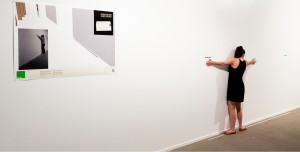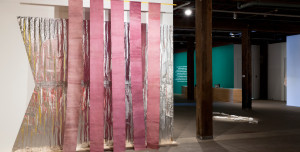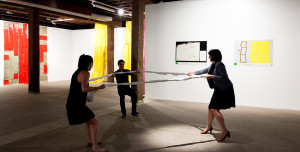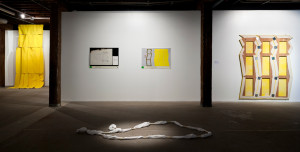Exhibition
Ian Milliss
Notes on the Works
4 Oct – 20 Oct 2013
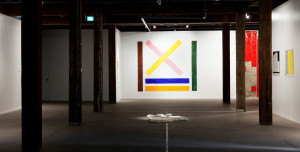
Artspace
43–51 Cowper Wharf Roadway
Woolloomooloo NSW 2011
Sydney Australia
Notes on the Works is a major survey exhibition of historically important and continuously influential artist Ian Milliss. As an artist who has consistently searched for ways of increasing art’s capacity for social transformation, Notes on the Works traces Milliss’ complex artistic trajectory since the late-1960s that led him away from the formal structures of the art world into the more open-ended platforms of contemporary communications. Assembling numerous restaged works alongside archival material, Notes on the Works touches on Milliss’ engagement with activism, community art projects, conceptual art, environmentalism, trade union movements and media organisations.
Organised into art and social history displays, the exhibition includes a selection of re-made examples of Milliss’ early works, a series of instructional paintings produced in collaboration with members of the Sydney Non-Objective group, and suites of newly developed work. The exhibition will also feature a number of public discussions at Artspace that address key issues that have informed and directed Milliss’ socially engaged practice over the last forty years.
Largely in reaction to the Greenbergian formalism that dominated the art world at the time, the remade examples of Milliss’ early works included in the exhibition, originally produced during the late-1960s and early-1970s, demonstrate the artist’s interest in the clash between illusion and reality as well as a concern with the physical properties of space and materiality and their ability to provoke responses from viewers. Included in the exhibition is perhaps one of Milliss’ best-known early works, Walk Along This Line, which has since been identified as one of the earliest examples of relational aesthetics. Characterised by extensive experimentation, this selection of remade projects demonstrate Milliss’ trajectory of artistic effacement and movement beyond his original understanding of the artist as a manufacture of art products, marketed through the gallery system its absorption of the conceptual art movement that followed, leading to his departure from the conventional art world.
The exhibition also includes a selection of documentation from the second phase of Milliss’ career, which saw the artist become increasingly engaged with practices more closely involved with cultural activism. Interested in collapsing real life situations and art, Milliss actively sought out different audiences by engaging various institutions which, whilst not directly associated with the arts, nevertheless played a major role in the development of culture in Australia.
